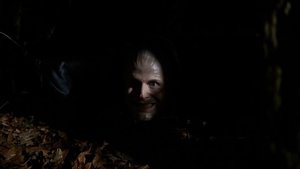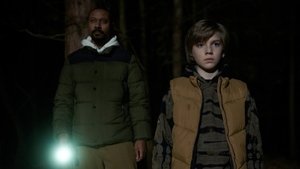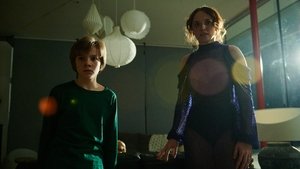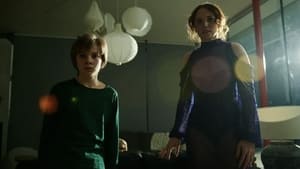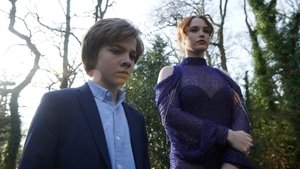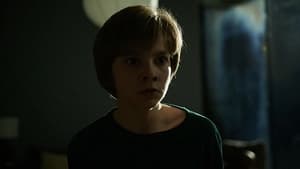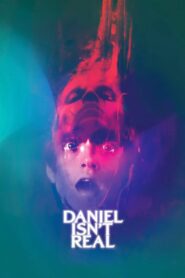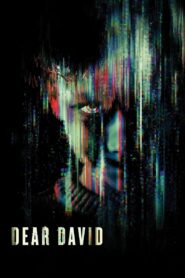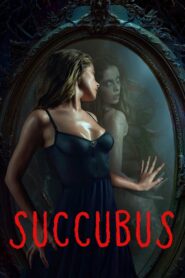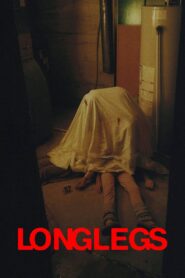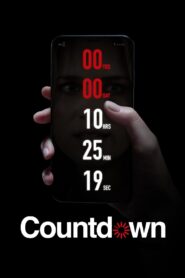
Video Sources 255 Views Report Error
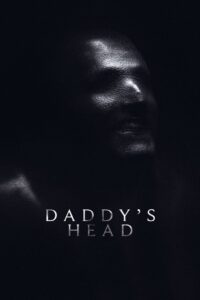
Synopsis
The story follows Isaac, a young man struggling to come to terms with the sudden death of his father. Living under the same roof with his stepmother Laura, Isaac begins to experience strange and disturbing events that blur the line between reality and imagination.
As they both try to process their loss, an eerie presence begins to manifest — a mysterious figure with the face of Isaac’s late father but the body of something inhuman. What begins as subtle unease soon turns into a psychological descent, testing their sanity and emotional limits.
Rather than presenting the creature as a typical monster, the film uses it as a symbol of unresolved trauma and guilt, making the audience question whether the horror comes from outside or within.
Both Isaac and Laura’s performances are remarkably grounded. Their emotional tension feels authentic, capturing the complex bond between a grieving son and a stepmother who is also struggling to cope.
The director takes a minimalist approach — long, silent scenes, muted colors, and dim lighting — to create a sense of quiet dread. Every frame feels deliberate, emphasizing mood over shock value.
“Daddy’s Head” makes brilliant use of sound design and visual contrast. The silence is often more terrifying than the sound. The film’s slow pacing allows viewers to fully absorb the emotions behind each scene, turning fear into reflection.
This film is not just about supernatural horror — it’s about how grief can distort perception and reality. “Daddy’s Head” invites the audience to look inward, to face the emotions we often suppress.
It’s a haunting, poetic experience that lingers long after the credits roll.
| Daddy’s Head | Шууд үзэх |
Original title Daddy's Head
IMDb Rating 5.6 5,195 votes
TMDb Rating 6.053 85 votes
Director
Director
Cast
Laura
Robert
James
Mary
Isaac
Miranda
Saanvi
Heather
Older Isaac
Bridgette

